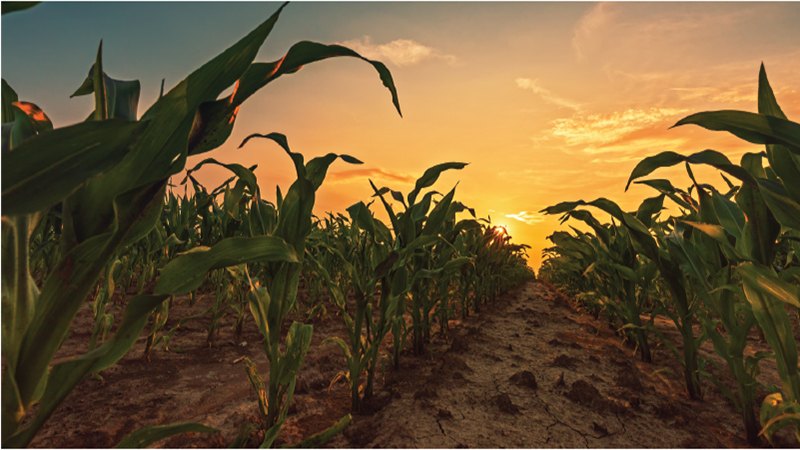USDA: Quick Implementation Of Disaster Assistance Programs A ‘Top Priority’
Agriculture Secretary Tom Vilsack provided a 12-week progress report on USDA disaster assistance programs today, announcing that USDA has processed 106,000 payments to farmers in 40 states across the country who suffered livestock and grazing losses between October 2011 and passage of the 2014 Farm Bill.
“Farmers and ranchers who waited two and a half years for a Farm Bill are now getting some relief,” said Vilsack. “We met the very ambitious goal to get these programs up and running in just 60 days. Now, thanks to our dedicated staff in offices across the country, we’ve provided more than 106,000 payments to farmers and ranchers in 40 states who suffered drought, blizzard, and other weather related losses.”
A quick implementation of the disaster assistance programs has been a top priority for USDA. In February, the Farm Service Agency (FSA) announced that enrollment for four disaster assistance programs would begin April 15, 2014, 60 days from the date the programs were reestablished by the 2014 Farm Bill. After the 2008 Farm Bill, it took over one year for the programs to get up and running.
Since then, dedicated full-time FSA staff, as well as temporary employees hired to expedite the application process, have processed over $1.2 billion in payments to qualifying farmers and ranchers. The first payments were sent out to farmers and ranchers within two weeks of enrollment. USDA estimated that roughly $2.5 billion would be provided in disaster relief to cover losses from October 2011 through September 2014. If those estimates prove accurate, it would mean nearly half of all disaster payments have already been provided.
While disaster relief is a critical lifeline that can prevent farmers and ranchers who do not have access to crop insurance from being wiped out by weather-related losses beyond their control, most producers only receive support equal to 60 percent of their actual losses.
USDA disaster programs include:
The Livestock Forage Disaster Program (LFP) and the Livestock Indemnity Program (LIP) provides payments for grazing losses due to drought and livestock deaths due to adverse weather.
The Emergency Assistance for Livestock, Honeybees, and Farm-Raised Fish Program (ELAP) provides assistance for livestock, honeybees and farm-raised fish losses due to disease (including cattle tick fever), weather, wildfires and colony collapse disorder, or for losses not covered under other disaster assistance programs established by the 2014 Farm Bill.
The Tree Assistance Program (TAP) provides financial assistance to eligible orchardists and nursery tree growers to replant or rehabilitate trees, bushes and vines that were lost or damaged by natural disasters.
Specific program deadlines are as follows:
- 2011-2013 ELAP – Friday, Aug. 1, 2014.
- 2011-2014 LFP – Friday, Jan. 30, 2015.
- 2011-2014 LIP – Friday, Jan. 30, 2015.
- 2011-2014 TAP – Monday, Feb. 2, 2015.
Producers affected by adverse weather should contact their FSA county office to make an appointment and learn if they are eligible for disaster assistance. For more information, producers may review the 2014 Farm Bill Fact Sheet, and the LIP, LFP, ELAP and TAP fact sheets online, or visit any local FSA office.
Vilsack also highlighted that more than $270 million in disaster assistance has been paid to farmers and ranchers in USDA StrikeForce counties experiencing chronic poverty. “Farmers and ranchers in these counties have extraordinary challenges. Through USDA’s StrikeForce initiative, we can get federal support to areas that need it the most,” said Vilsack.
The StrikeForce for Rural Growth and Opportunity initiative works to address the unique set of challenges faced by many of America’s rural communities. Through the StrikeForce, USDA is leveraging resources and collaborating with over 400 community organizations, businesses, foundations, universities and other groups to support 80,300 projects with more than $9.7 billion in USDA investments into rural America. StrikeForce currently serves 20 states that include Alabama, Alaska, Arizona, Arkansas, Colorado, Georgia, Kentucky, Louisiana, Mississippi, Nevada, New Mexico, North Carolina, North Dakota, South Carolina, South Dakota, Tennessee, Texas, Utah, Virginia and West Virginia.






